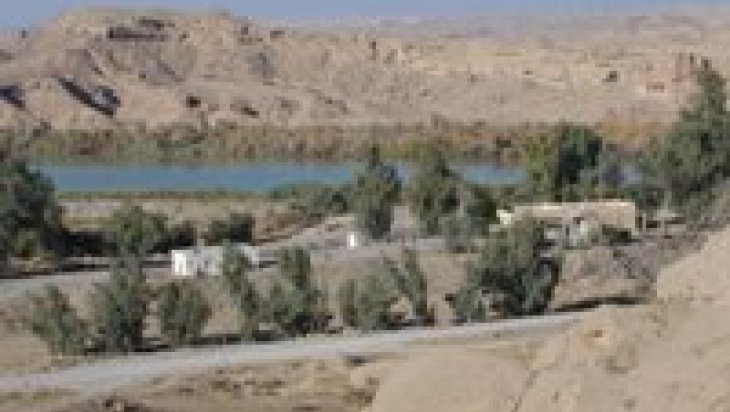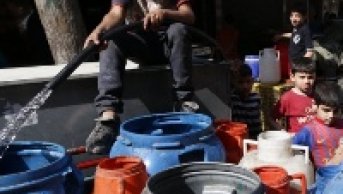Iran-KRG Trans-boundary Waters Issue

Iran and Iraq share many rivers and waterways along their 1,200-kilometer-long border. There are more than 42 watercourses along the border that cross into both countries.
These watercourses originate from the mountainous western parts of Iran and flow into the marshlands of the Tigris and Shatt al-Arab Rivers. Another important tributary of the Tigris is the Diyala River, and both Iraq and Iran are riparian countries to the Diyala.
The Diyala's drainage area is about 31,896 square kilometers, and 75 percent of this basin is located within Iraqi territory. The Darbandikhan Dam, with a capacity of 3 billion cubic meters, was built in 1962 on the Diyala within Iraqi territory. The tributaries that originate from Iran and join the Diyala are listed respectively as follows: Beara, Towels, Serwan (one of the most important tributaries of the Diyala) and Zegmen. These tributaries are major resources for the Darbandikhan Dam. Other important tributaries are the Abassan (Hawassan), Karatu and Derendek.
The most important tributary of the Diyala is the Alwand River, the water quantity of which the Kurdistan Regional Government (KRG) and Iran have disputed over from time to time. The Alwand has two major tributaries within the Iranian territories: Dara and Saed Sadek. The Alwand originates from Iran's Zagros Mountains and provides the Tigris with 5.74 billion cubic meters of water. The total length of the Alwand is 152 kilometers, of which 89 kilometers are within the Iranian territories and 63 within the Iraqi territories. The river creates problems between Iran and Iraq, especially during dry periods.
The rise in tensions resulting from Iran diverting river water, especially during the summer, ended back when the Iranian authorities promised they would discharge more water from the Alwand. The Little Zab, one of the main tributaries of the Tigris, originates in Iran. The drainage basin of the river covers 21,475 square kilometers, and 74 percent of the basin is located within Iraqi borders. The tributaries of the Little Zab are as follows: Banowsota, Zarawa, Baneh, Fazlaje, Kokasor, Wazna, Khairy, Nerzenk, Leo, Tshezan, Janbera, Khaleel Abad and Kula. The total annual discharge of the Little Zab is 7.5 billion cubic meters, of which 2.85 billion cubic meters is in Iraq.
Reports surfaced in Iraqi news this week that the dam project carried out by Iran on the Sirwan will further escalate tension between the two riparian countries. As mentioned above, the Sirwan is one of the main tributaries of the Diyala. It has been said that the Garan Dam built on the Sirwan River will negatively affect the amount of water stored in Darbandikhan Dam. In addition, it has also been reported that this situation will cause environmental disasters during dry periods.
The KRG has often asserted that the dams built by the countries upstream, Turkey and Iran, will leave Iraq without water, and it makes complaints regarding the issue through both the media and at international conferences. As mentioned in previous articles, 50 percent of the water across Iraq is wasted because of the mismanagement of water resources, old water structures and a damaged network. In general, regarding the existing water shortage, Iraq should focus on the mismanagement of water resources that cause the loss of water, rather than pointing at dams in countries that are upstream as the reason for the water shortage in Iraq.







